|
The Western Railway Museum is selling BART Legacy Fleet Train Operator Consoles sourced from retired cars. For $1000 each, you can own a core piece of BART history and support the preservation of three complete legacy cars at the Museum.
This video presents a history of the different train operator consoles of the Legacy Fleet, the functions of the console, and how to purchase one from the Museum if so inclined.
0 Comments
The final BART legacy cars to reach end-of-life decommissioning were a group of 5 cars on the week of May 20, 2024 – one month after the final run. The last car to be decommissioned was #1235. The remaining cars of the legacy fleet (10) have found new uses including preservation. BART stopped decommissioning cars and held onto a small fleet of 13 A cars and 22 B cars starting in early 2024 to retain enough cars for the final ceremonial run on April 20th. An additional C1 car (#329) was still in the fleet, awaiting its final trip to the Western Railway Museum for preservation. Of these, 6 of the A cars and 19 of the B cars ran on said date. After the final run, the wheels once again started rolling to decommission the cars – a total of 7 A cars and 20 B cars – that did not find a new life. The remaining 6 A cars and 2 B cars have found new purposes which will be shared in due course. These 27 cars were steadily decommissioned and scrapped from late April 2024 through yesterday, May 21, 2024. Shops removed hazmat materials and the cars were on their way to the scrapyard. Since the Legacy Fleet was no longer in service, there was no major need to pull parts from them to maintain other cars (a process called cannibalization), but there was a need for recipients getting BART cars after their retirement. I was invited to help out Sierra Train House folks pull parts from the cars, which will be used as spare parts on their rental home project. This time though, was to capture the final decommissioned car for preservation. B2 car 1587 was the send to last B car sent to the scrapyard, and A2 car 1235 was the last legacy car to be sent to the scrapyard – the 659th car. Here is the 1235, after 6 million miles and 50 years of service, enjoying its last rays of sun. The car will be chopped up, and shredded into little pieces. The metals will be sent overseas and find a variety of uses through recycling. One day you may once again see 1235, but perhaps in a medical instrument in a hospital, in a new automobile imported from South Korea, or in new copper wires in a computer. And some parts of the 1235 will on, preserved at the only museum preserving BART cars. One day later this year, you will be able to see 1235 and bits of many more cars that were decommissioned, alongside 3 complete cars, at the Western Railway Museum. So long and farewell #1235 and the 658 other legacy cars that rolled their last.
1260 and 1212, alongside a few more dozen legacy cars resting at Hayward Yard after 52 years of revenue service. Taken 4/25/24
A2 car scrappings resumed this month (October), with 4 such examples thus far: 1218, 1233, 1258, 1270. With some scrapping earlier this year and last year due to crashes, alongside the 1208 of 2020, this leaves 51 A2 cars left (total count was 59 A2 cars). 1218 Built 1973 as A car 218. Rebuilt in 2000 as A2 car 1218. Only A car with single seats. 1233 Built 1973 as A car 233. Rebuilt in 2002 as A2 car 1233. 1258 Built 1975 as A car 258. Final acceptance on 9/11/1975 (Day 1 + 3 years). Rebuilt in 2002. Patch below left cab side window. 1270 Built 1975 as A car 270. Rebuilt in May 2001.
The most recent addition to my number plate collection is a Y end number plate from B2 car 1809. This is the story of the car. Like all other B2 cars numbered 1801-1913, the 1809 was originally built as an A car. In the 1809's case, it was built as A car 237, with a final inspection date of 3/7/1973 and receipt of delivery on 6/26/1973. Roughly speaking it was about the 214th car delivered, of a series of orders totaling 450 revenue cars. Kenneth Clyde Jenkins captured the 237 at Daly City a few times in the mid 1970s. Here are some of his pictures, now in my collection. In the late 1970s to early 1980s, BART Hayward Shop converted 35 A cars to B cars, allowing for longer weekday trains and enough cars for weekend operation. Many of these cars were previously damaged in accidents, fires, or other incidents. It's hard to say at the moment what was the exact reason behind the conversion, but A car 237 was involved in an ATC-related incident at Richmond station on September 30, 1975. The A to B car conversion was underway by 1980 and A car 237 was converted into B car 809 (9th conversion) during this time. From the 1980s to late 1990s, it rolled as B car 809. In total, it rolled about 4 million miles as A car 237/B car 809. The entire remaining A and B car fleet was rebuilt during the turn of the century to allow for another couple decades of service. All B cars were rebuilt into B2 cars, including car 809, which became B2 car 1809 in 2000. The 1809 rolled throughout the system, and in its final years was assigned to Concord and later Richmond yard. I last saw the 1809 at Hayward yard, stored awaiting decommissioning on June 16, 2023. It was decommissioned just a few weeks later, on June 30, 2023 - a few days after reaching 50 years on the property (where it began, and ended at Hayward Yard). A Y-end (once the cab end, when it was an A car) number plate from the 1809 resides in my collection, where it remains as a reminder of a well-traveled, and well-storied BART car.
WRM recently received a truck from BART. The truck was sourced from a recently retired and scrapped B2 car. The truck itself is an original Rockwell model HPD-3 inboard bearing, cast steel truck, designed and used by BART’s A and B cars, and later refurbished and used on the A2 and B2 cars. The image below shows various components of the truck as originally built. Compare to below This particular truck, serial #2368 has a build date of 1970 as seen by the builder’s plate. During the midlife refurbishment of the A and B cars into the A2 and B2 cars in the late 1990s and 2000s, these Rockwell trucks were refurbished and replaced their Westinghouse 1463 DC motors with Adtranz 1507C AC motors. The third rail shoe and related assembly (in red, stored on top at the moment) picks up 1000 volt DC third rail and feeds it to the propulsion system (inverter) located underneath the carbody. Then, AC power and commands from the car powers the two motors, moving the truck (and the car mounted on the truck). Overall, the truck is in excellent condition and with a few more parts, will be a complete B2 car truck. This truck will help the BART car preservation effort by providing numerous measurements to ensure safe movement and storage of three BART legacy cars in WRM’s Carbarn 3.
|
About
"The Two Bagger" is meant to be a place to store more "blog" style posts on various cars, pictures, and random tidbits/trivia. At BART, a "two bagger" is a rather informal name for a two car train. Two car trains rolled in revenue service back in 1972. Archives
July 2024
Categories
All
|


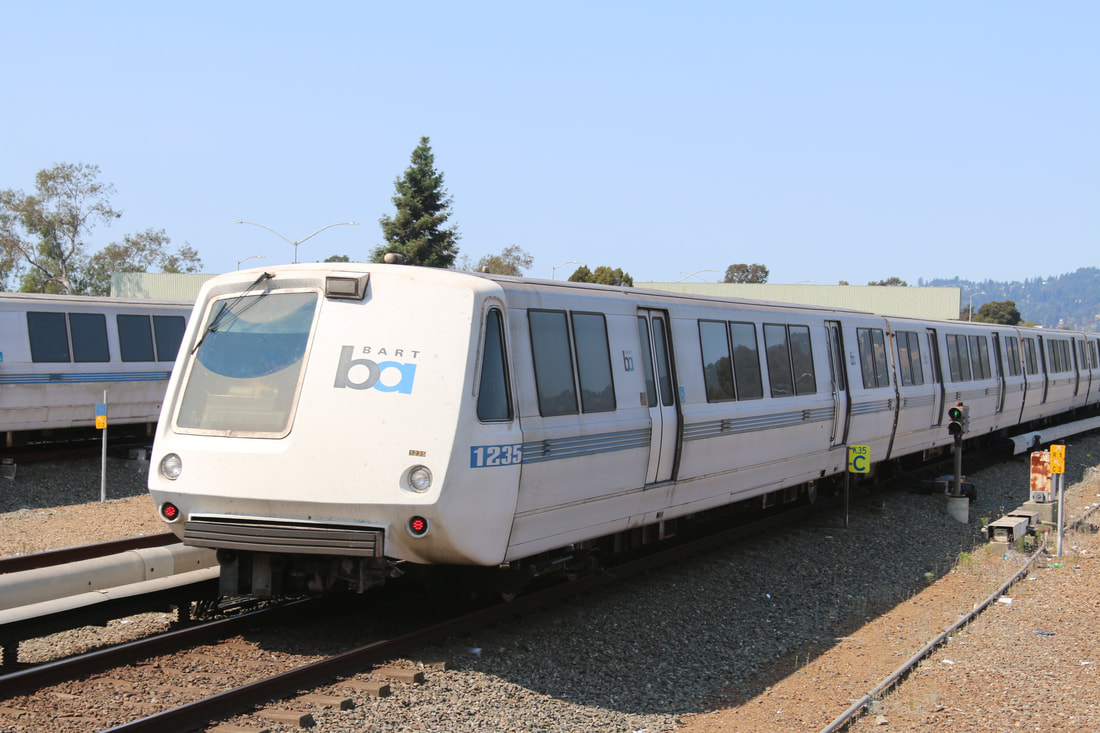
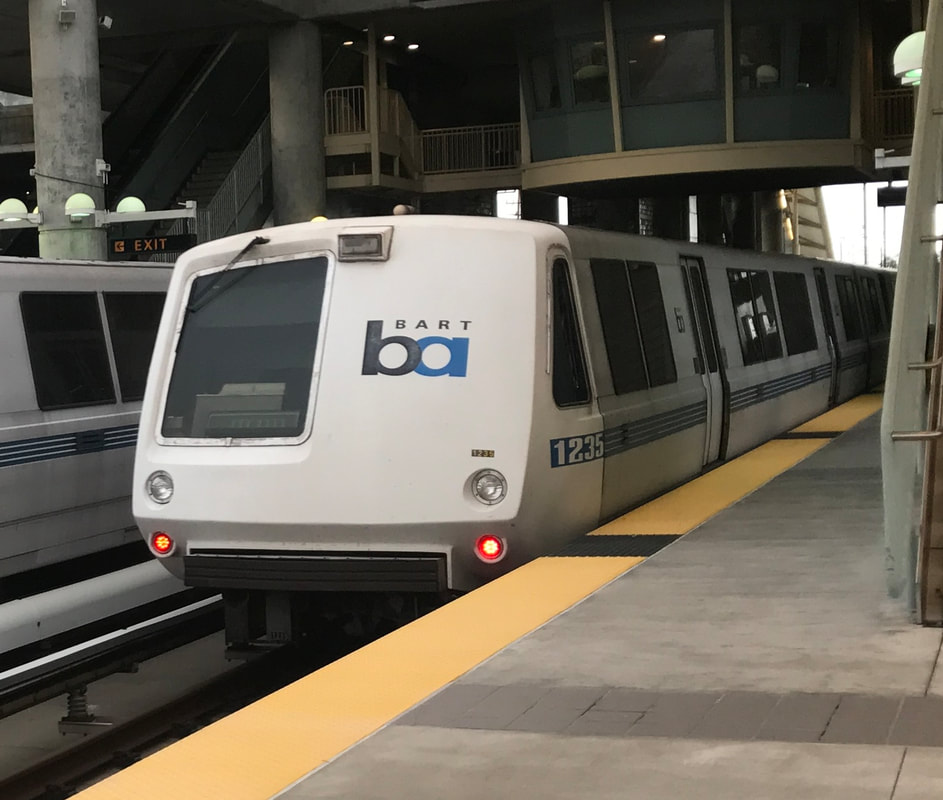
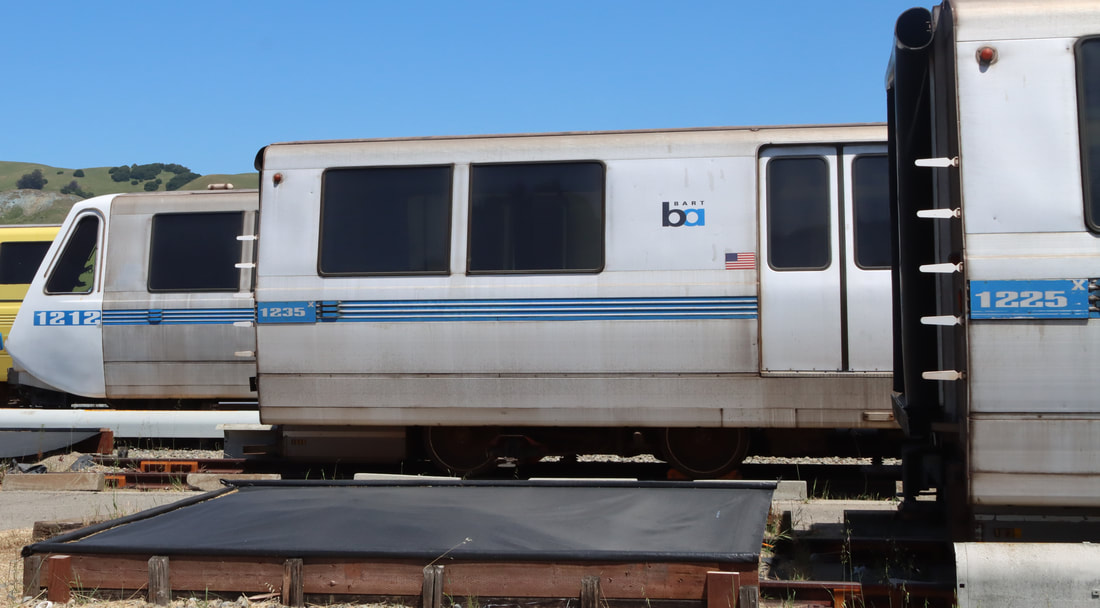
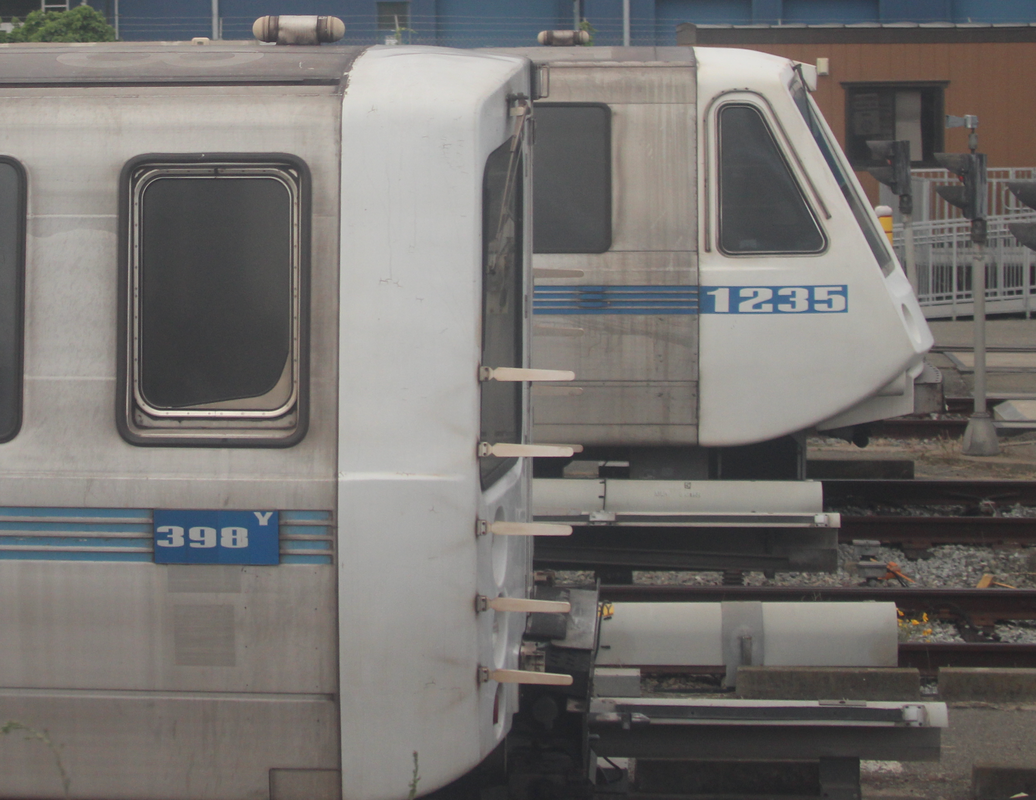
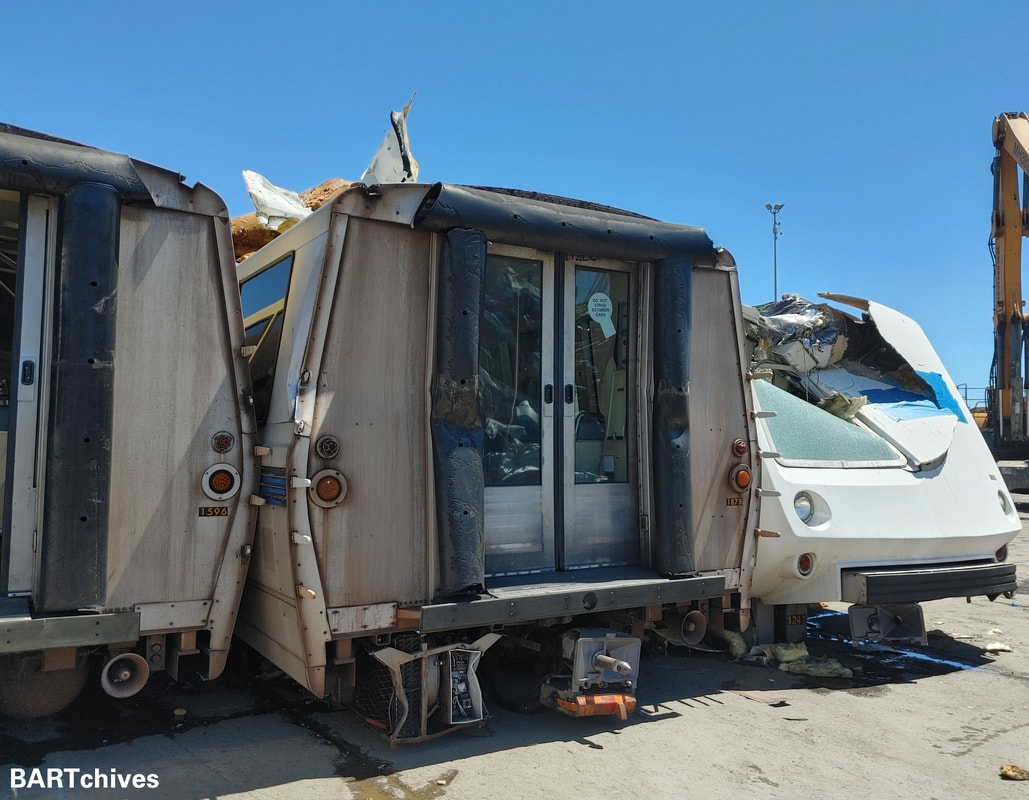
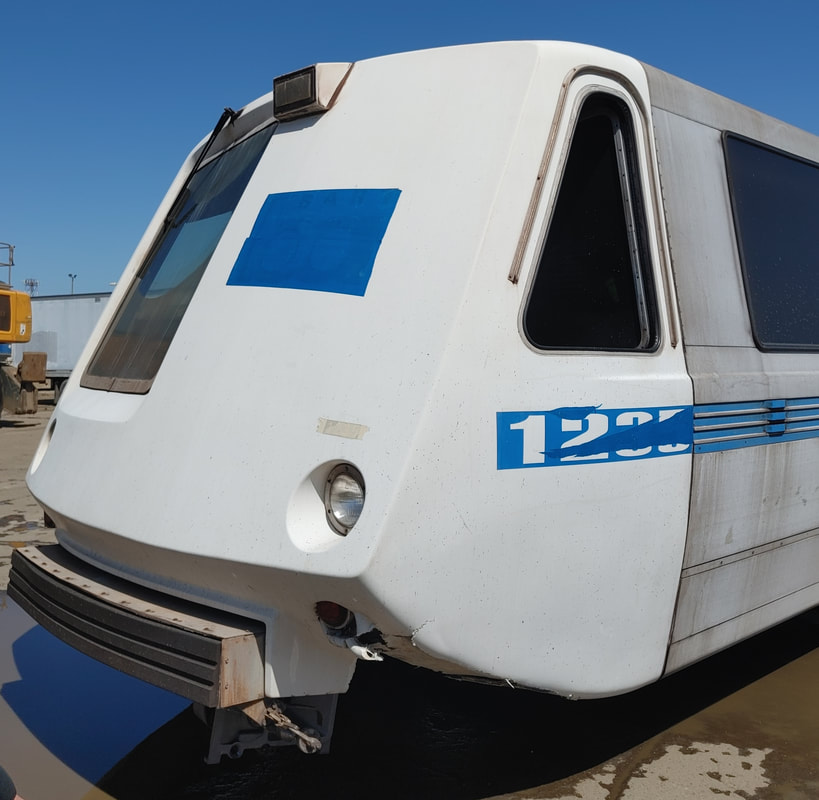
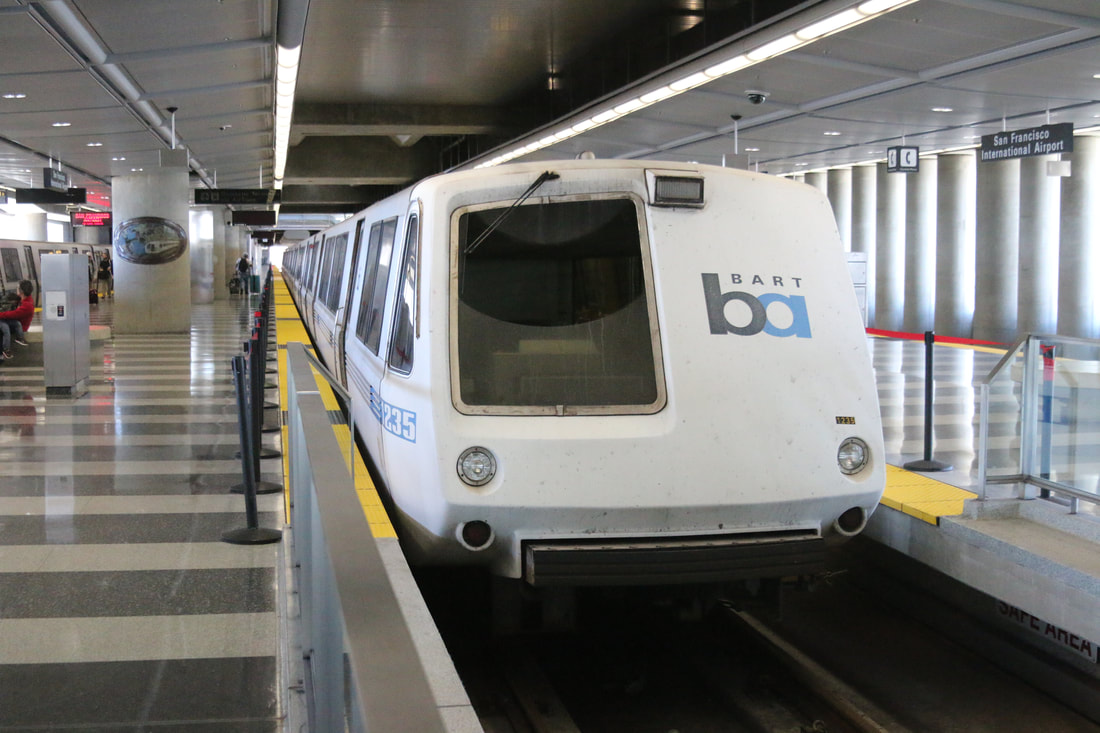
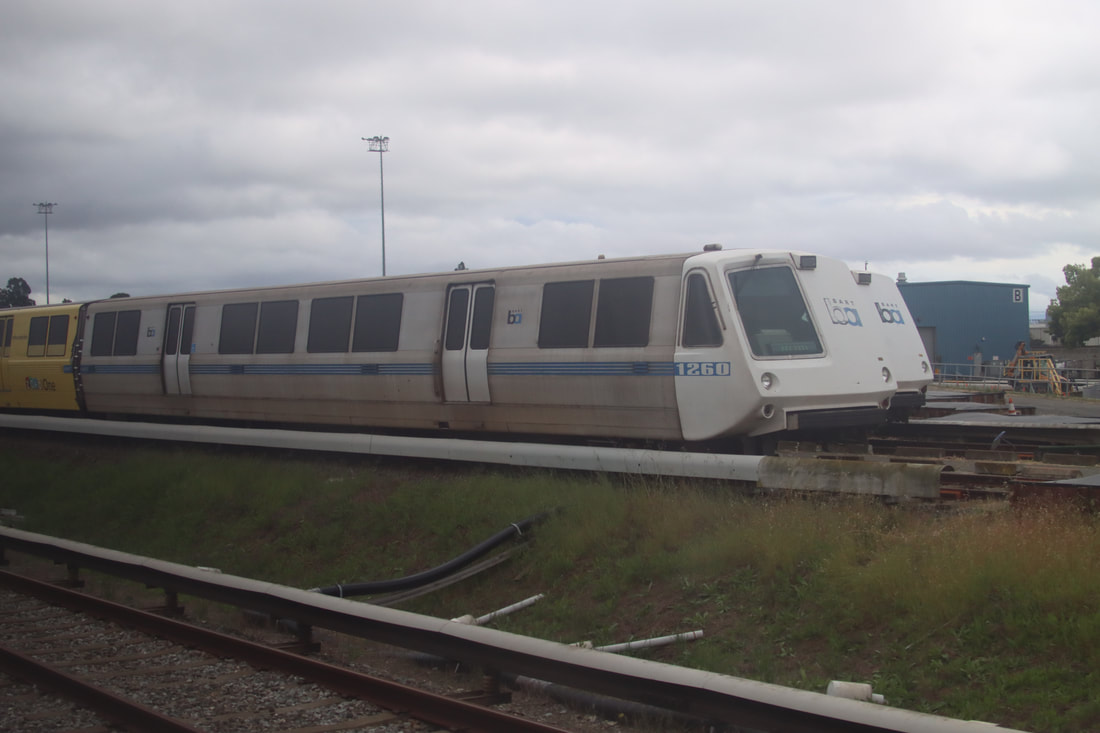
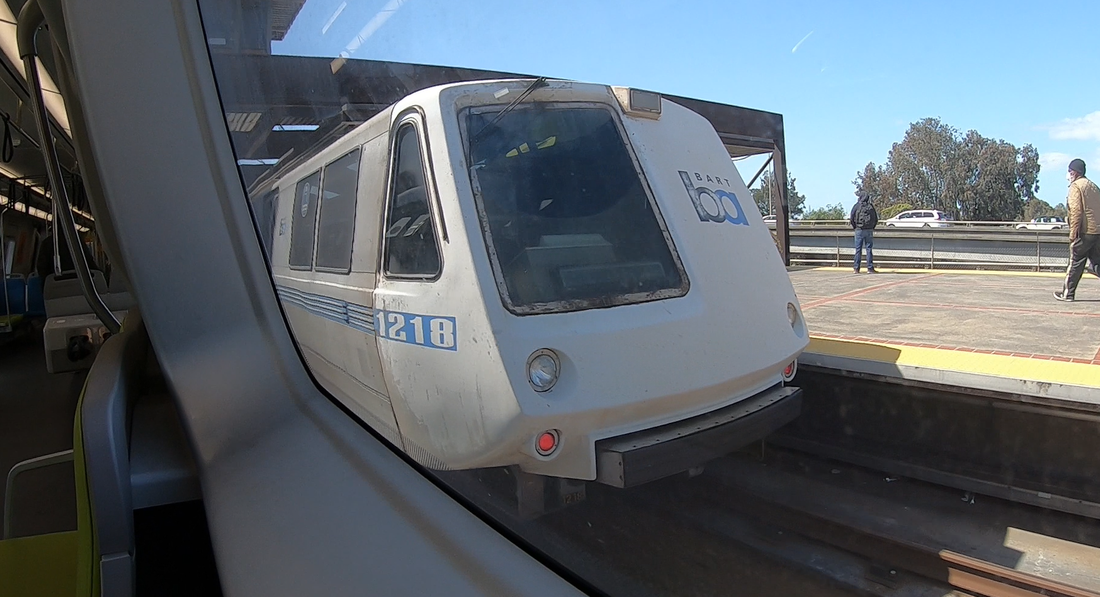
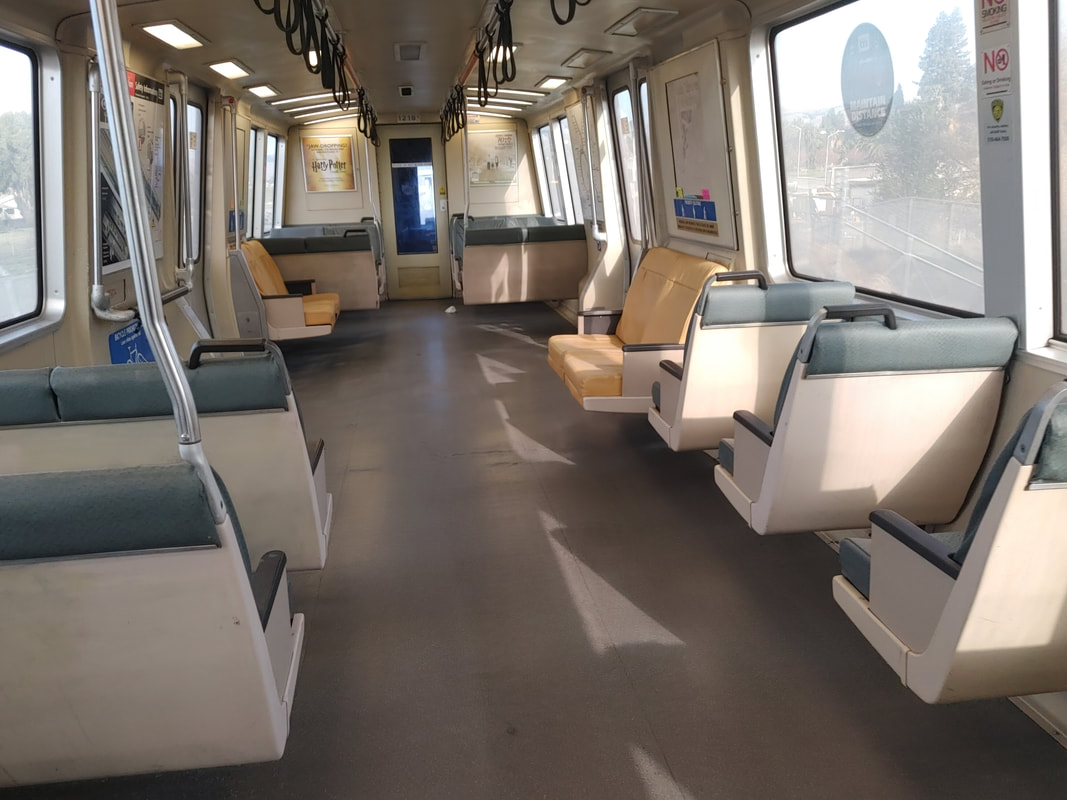
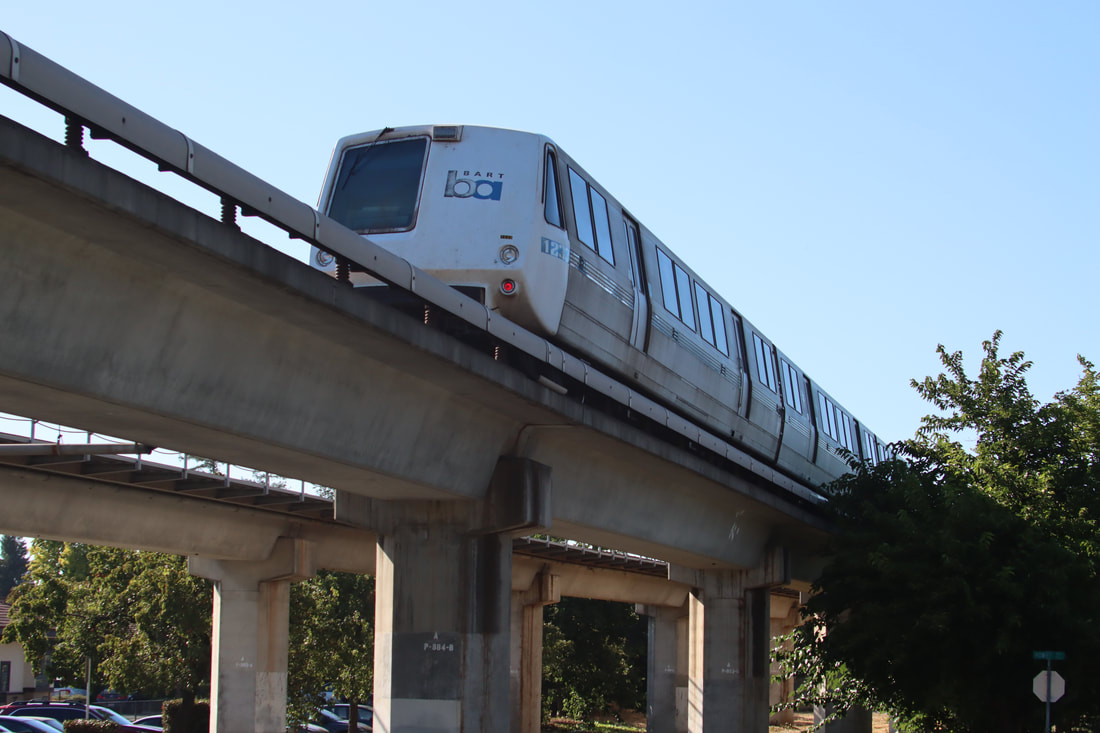
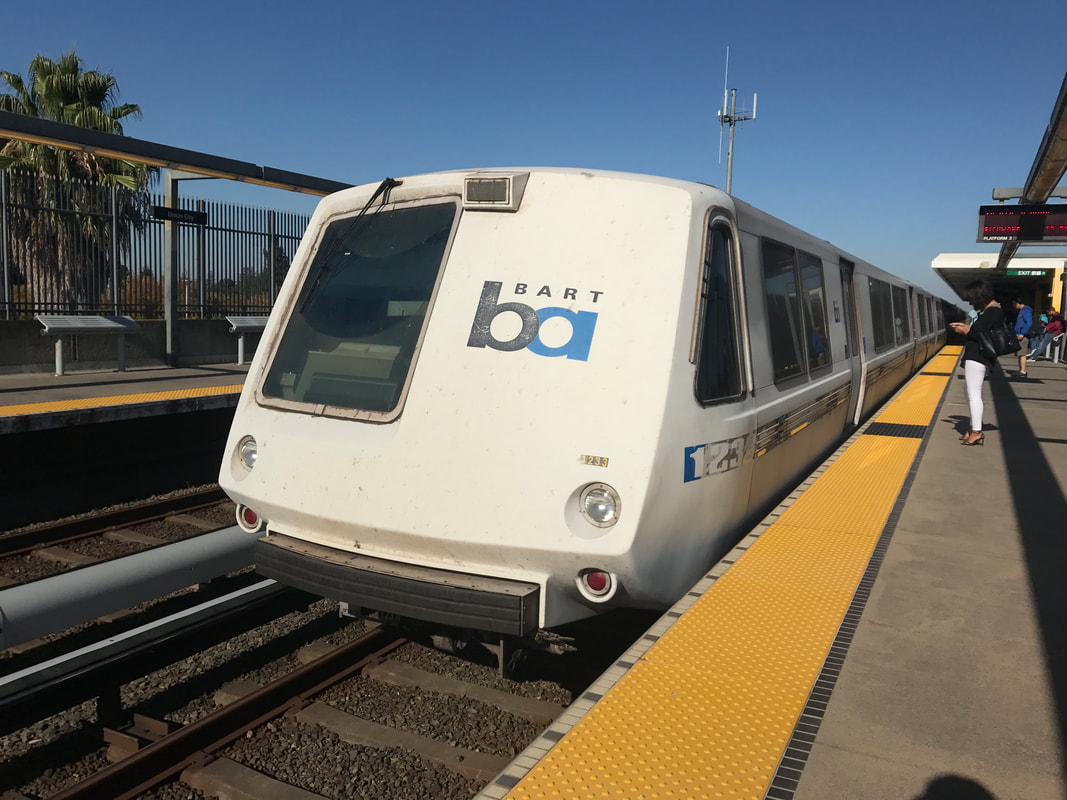
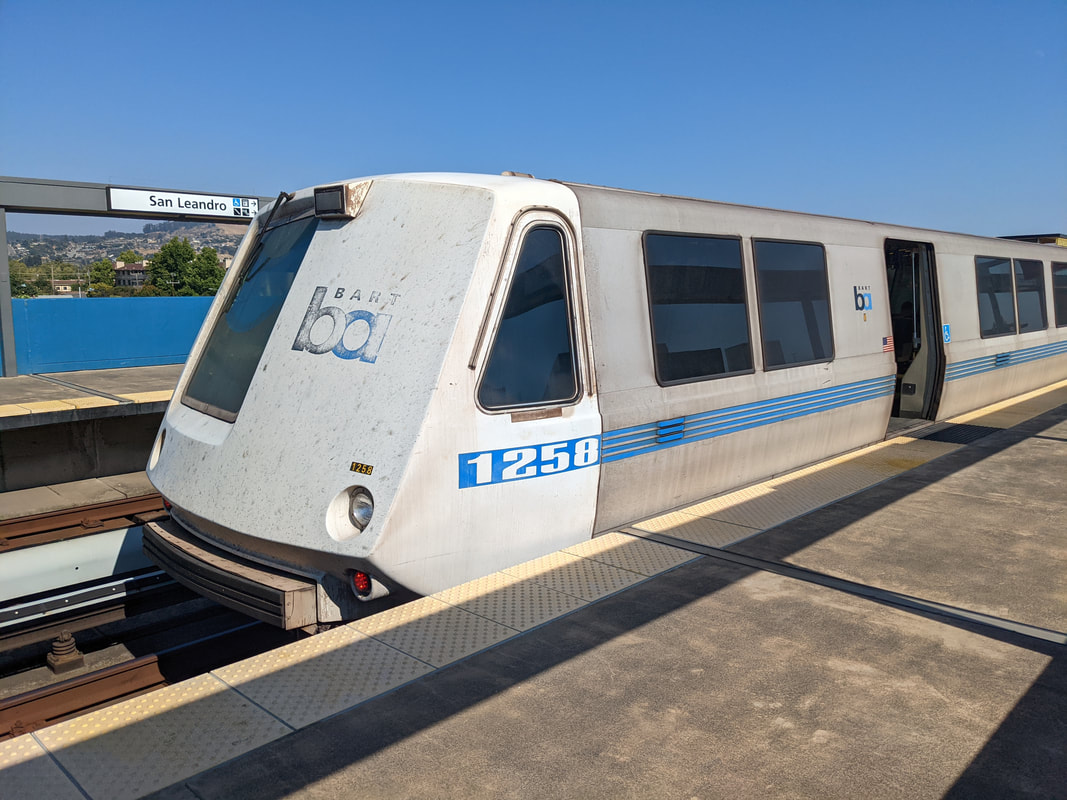
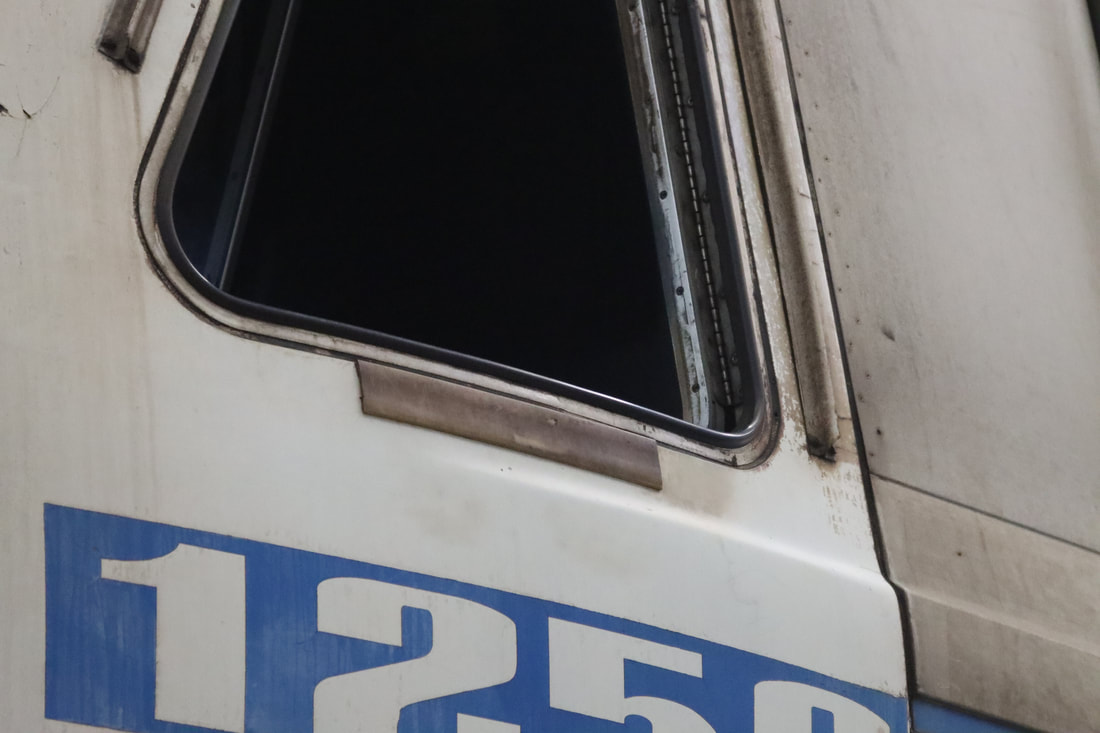
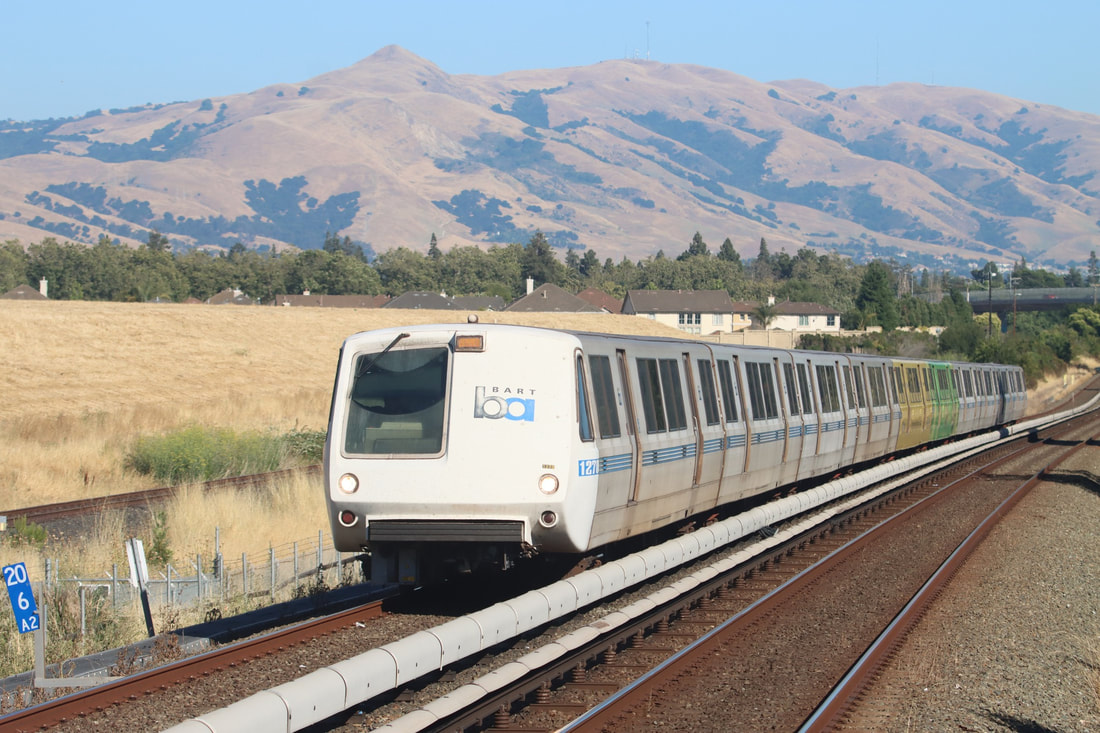
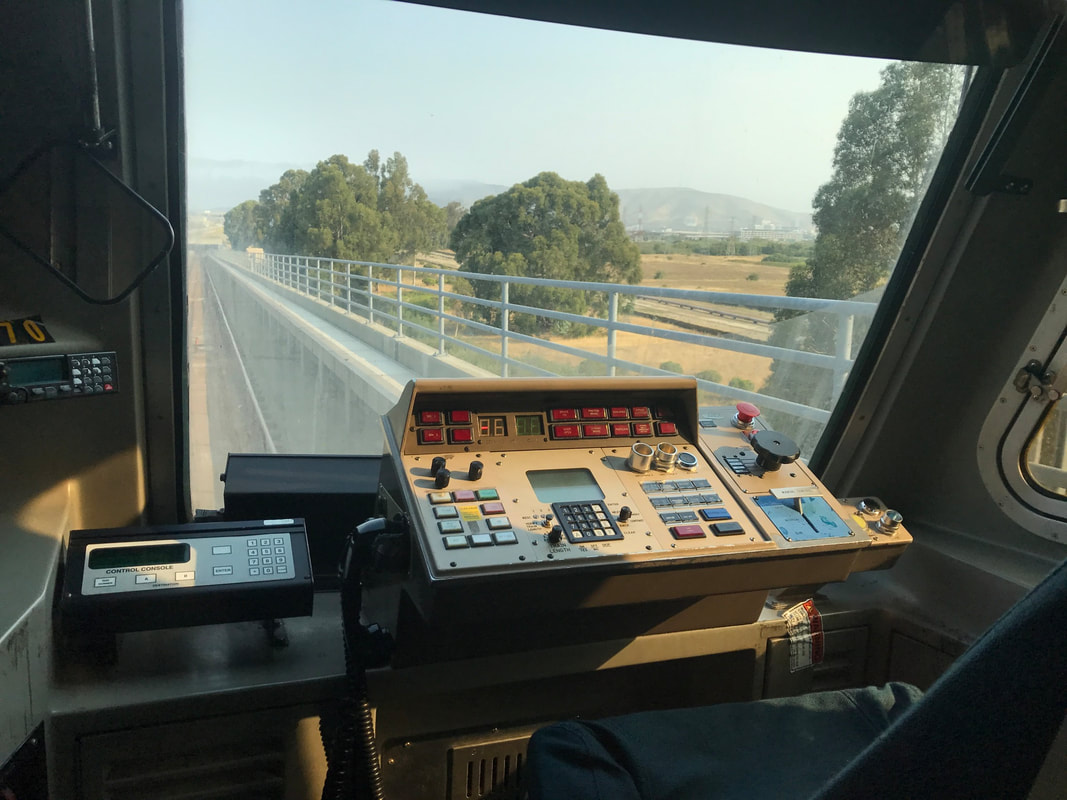
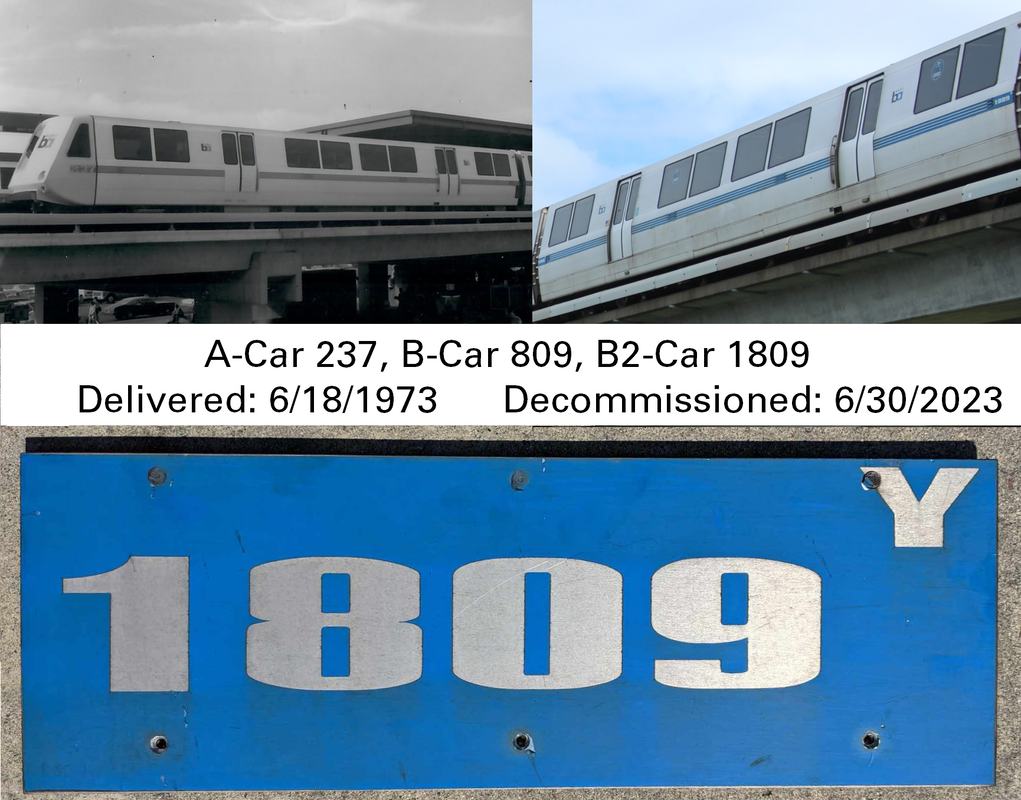
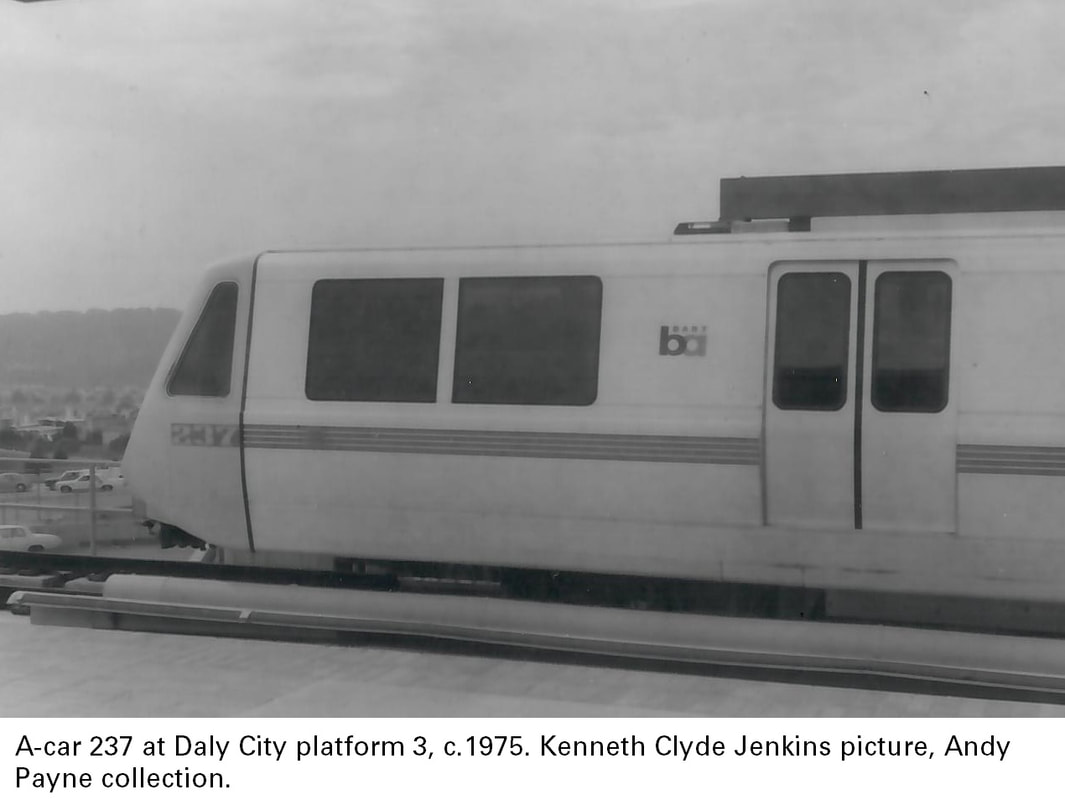
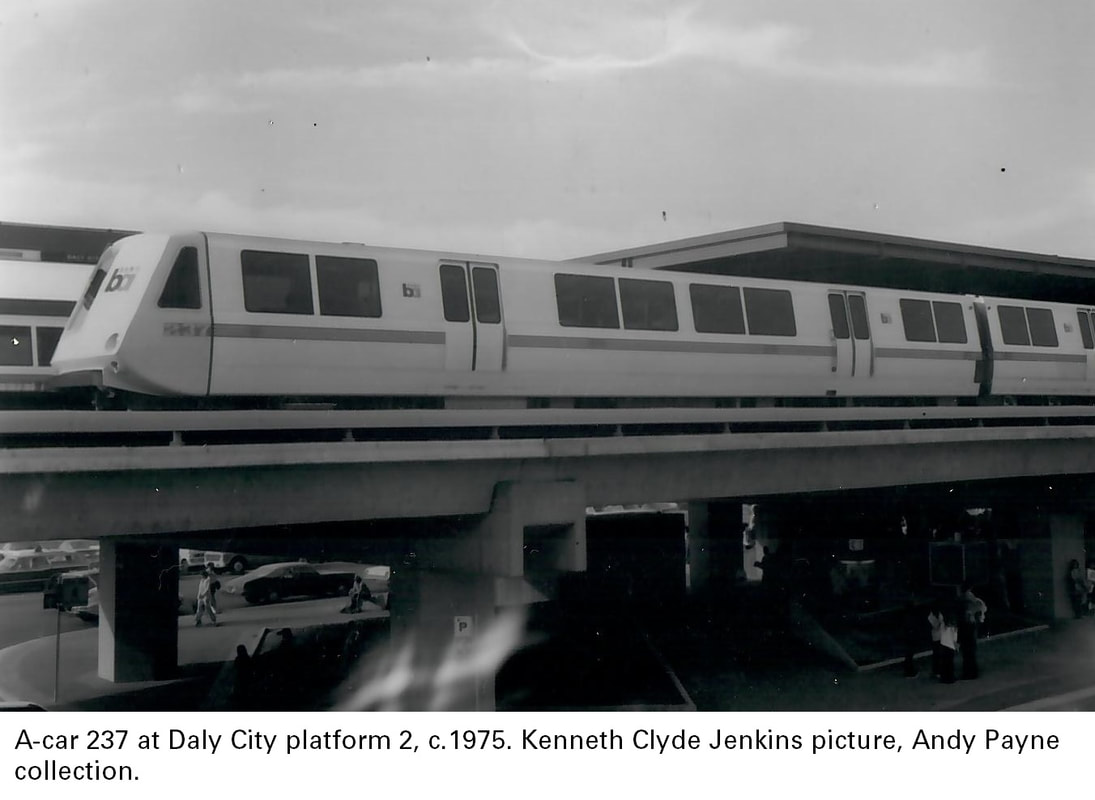
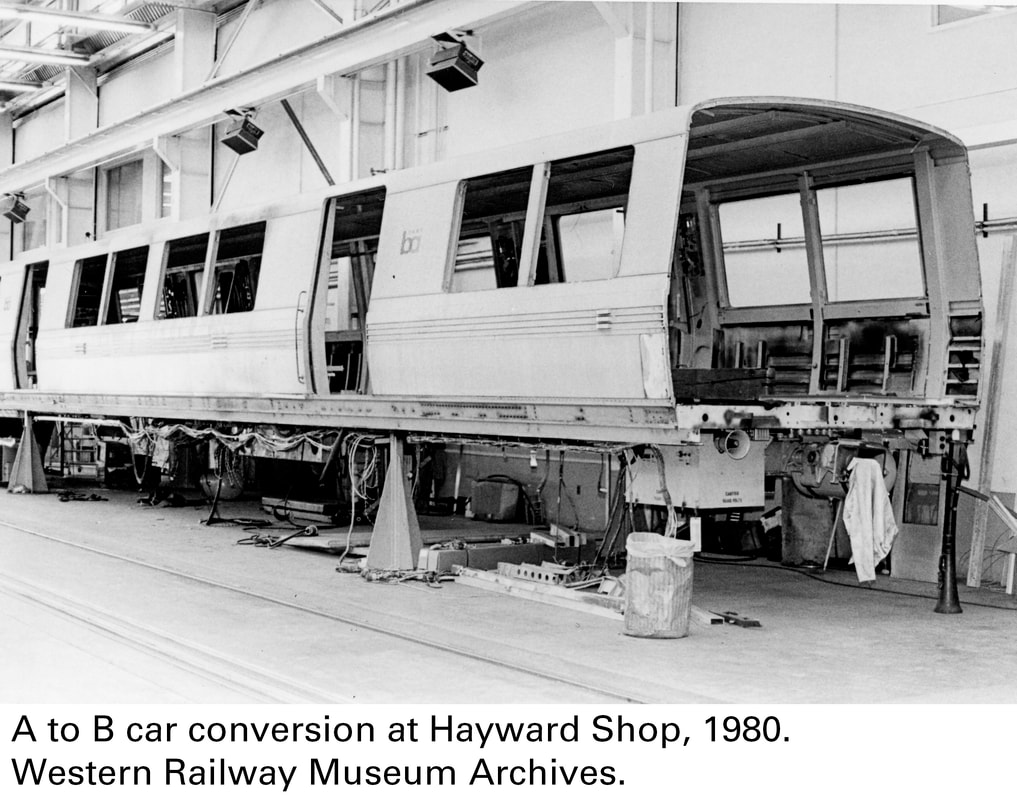
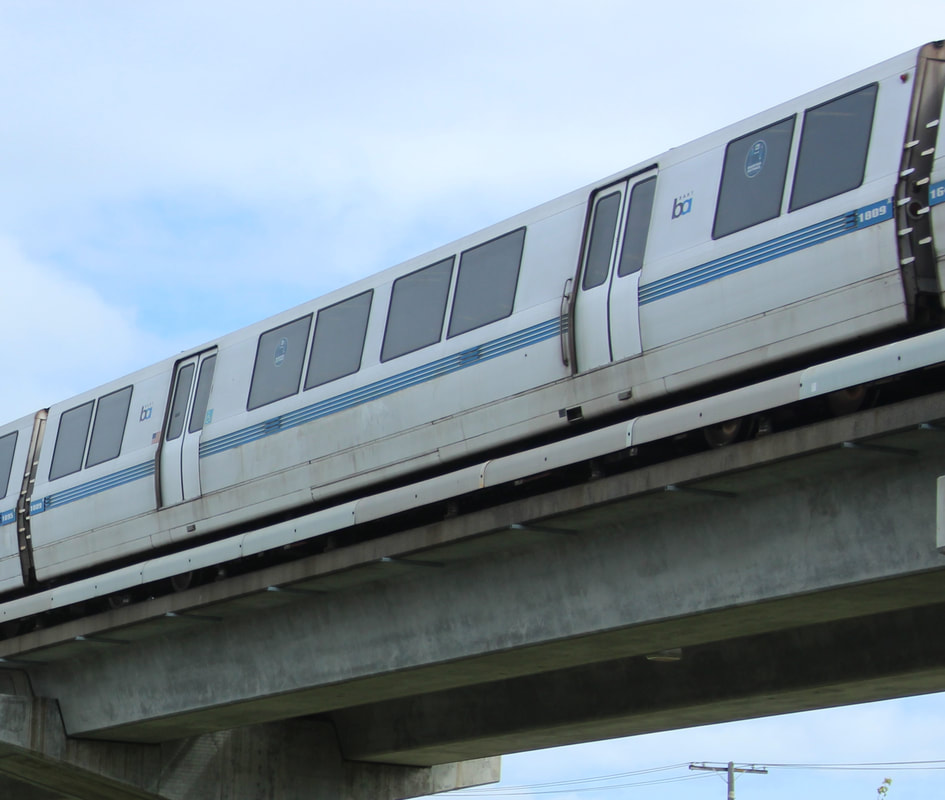
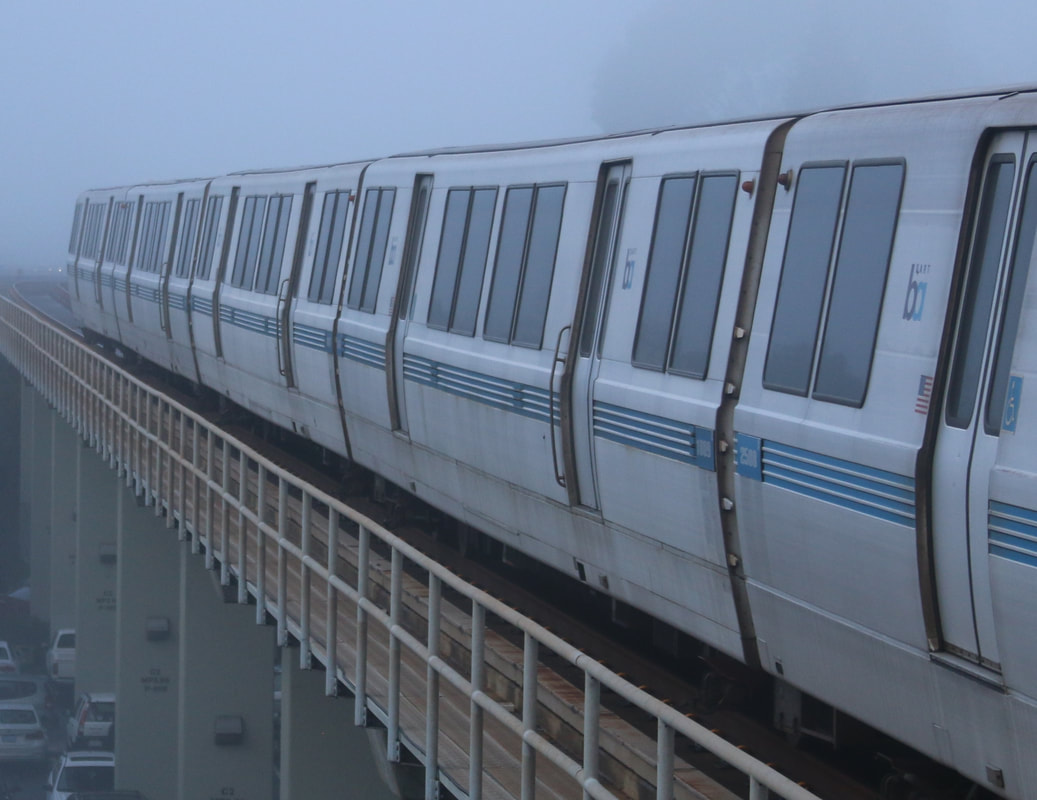
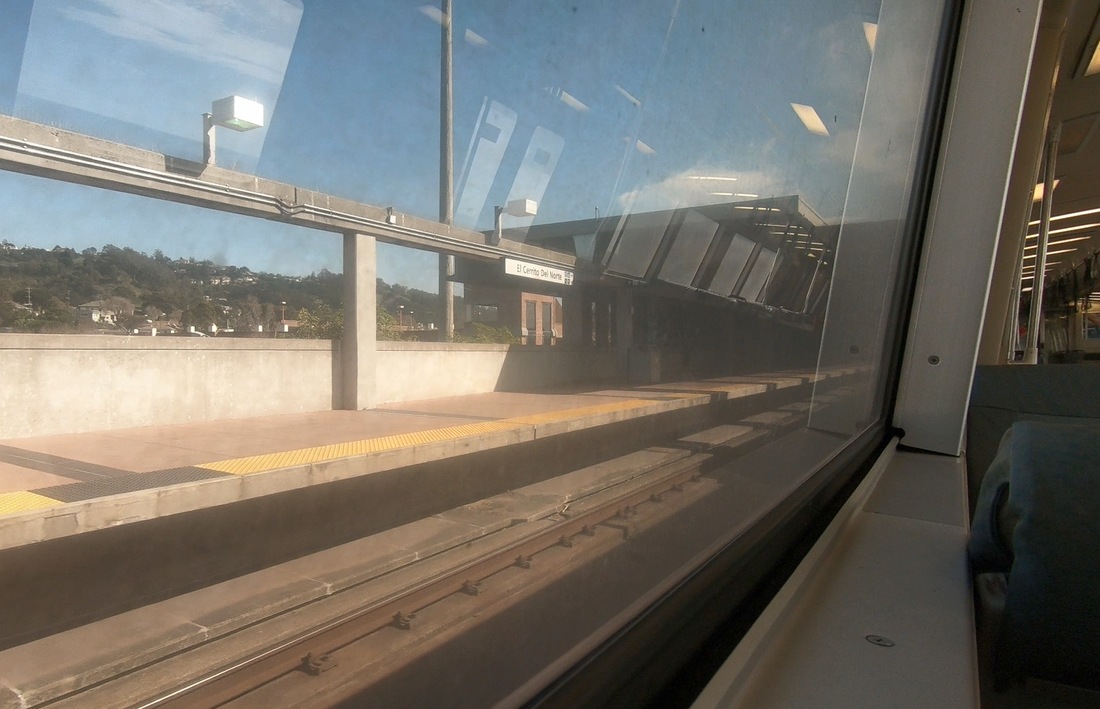
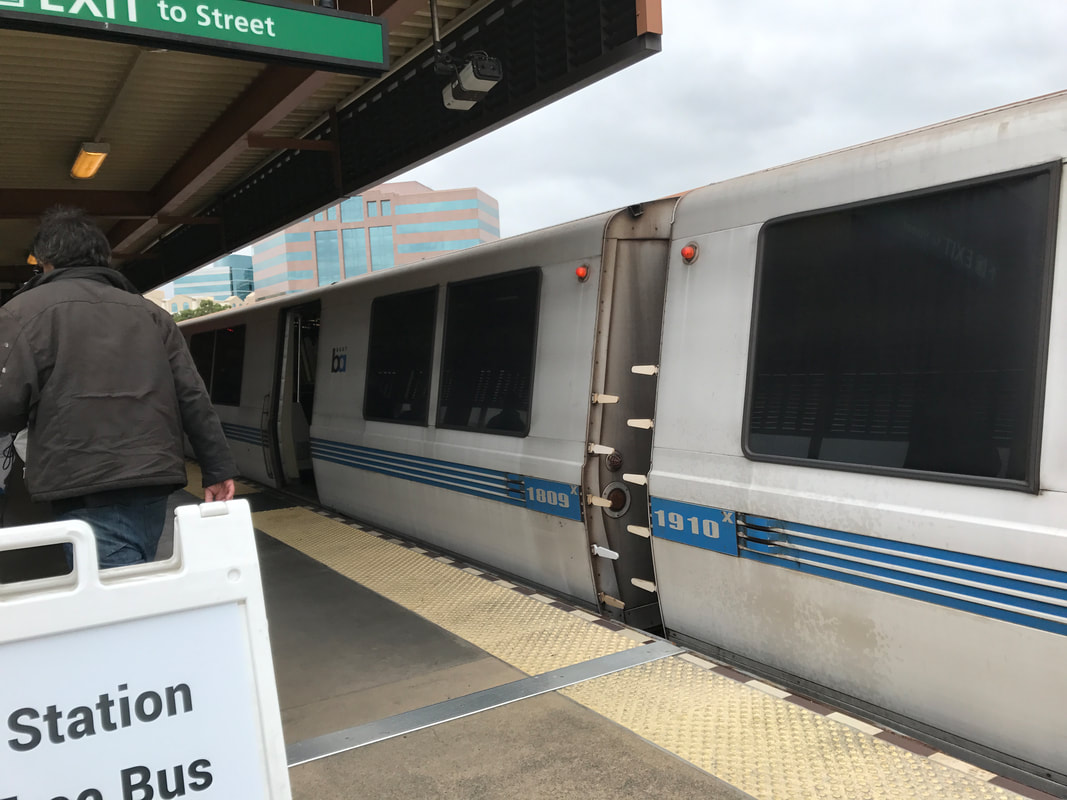
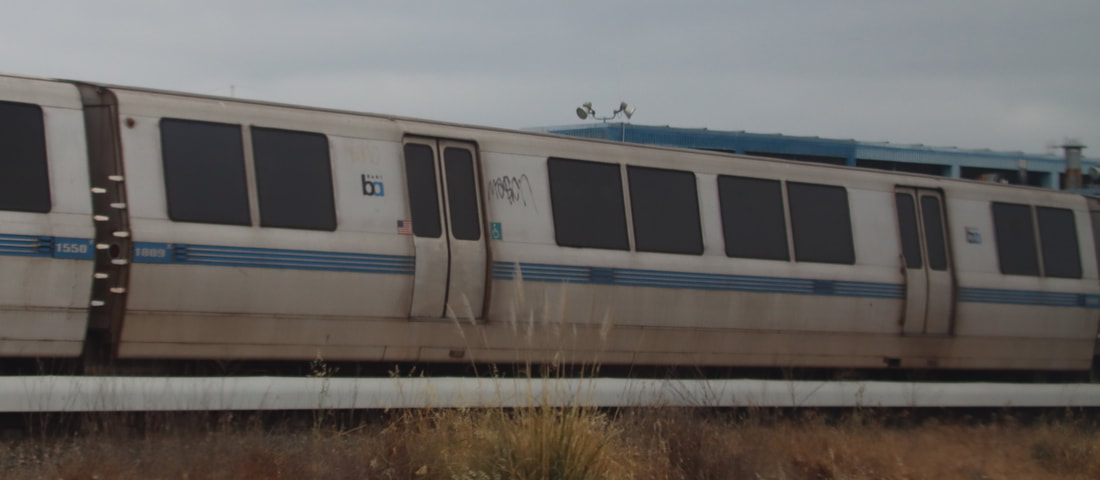
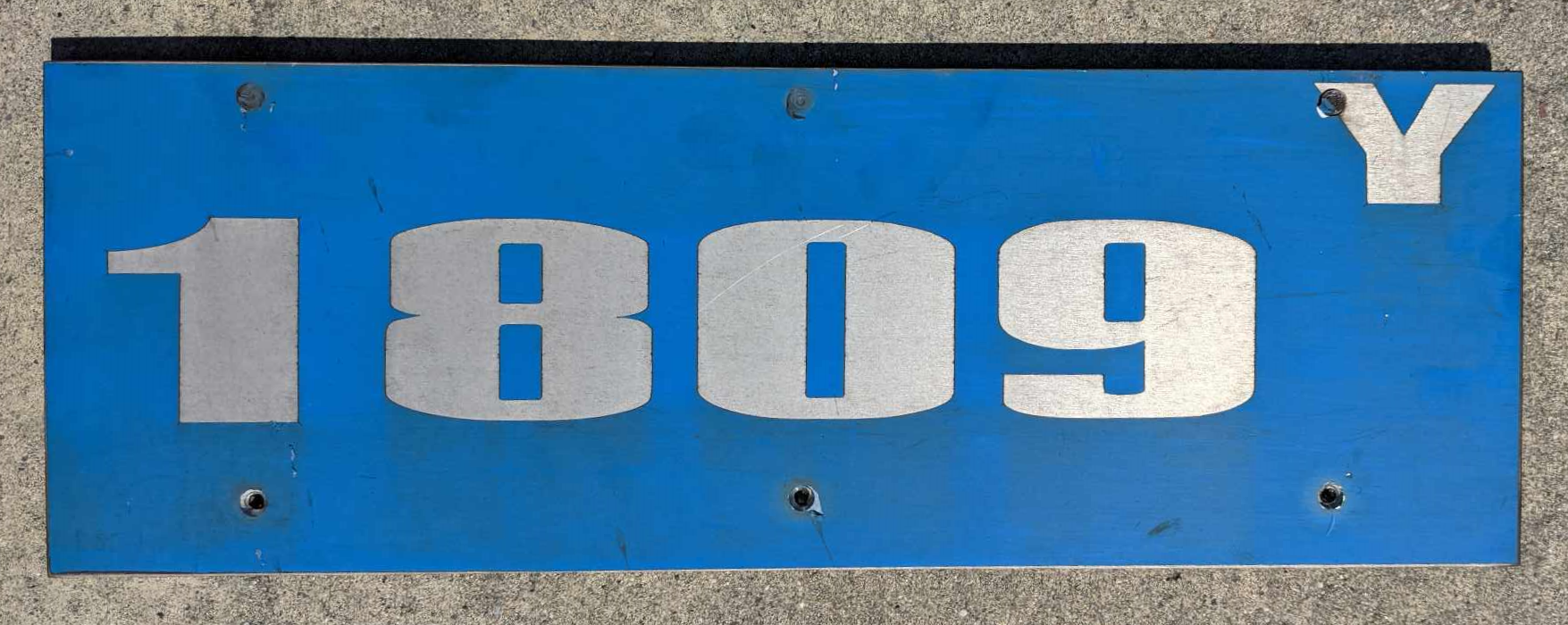
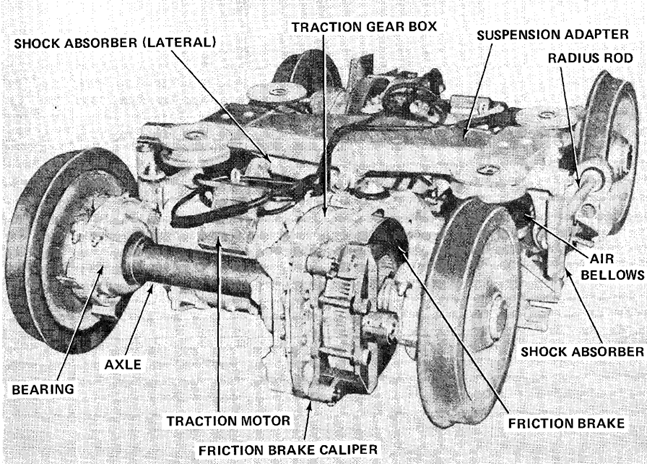
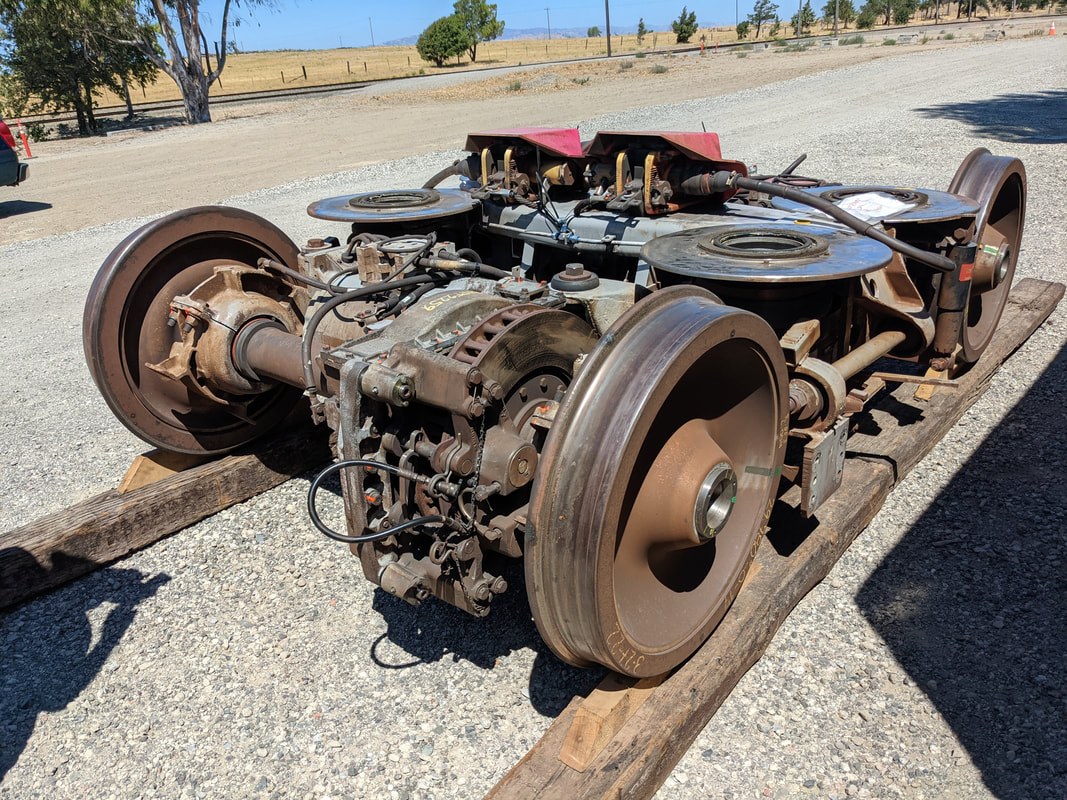

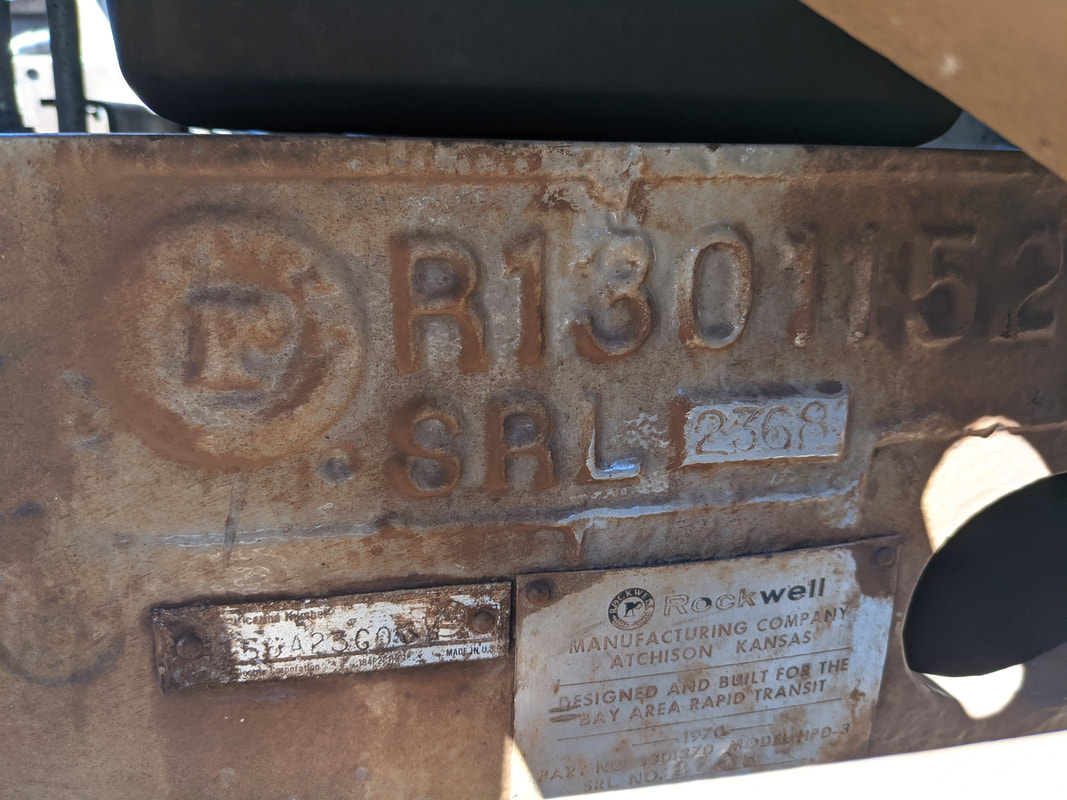
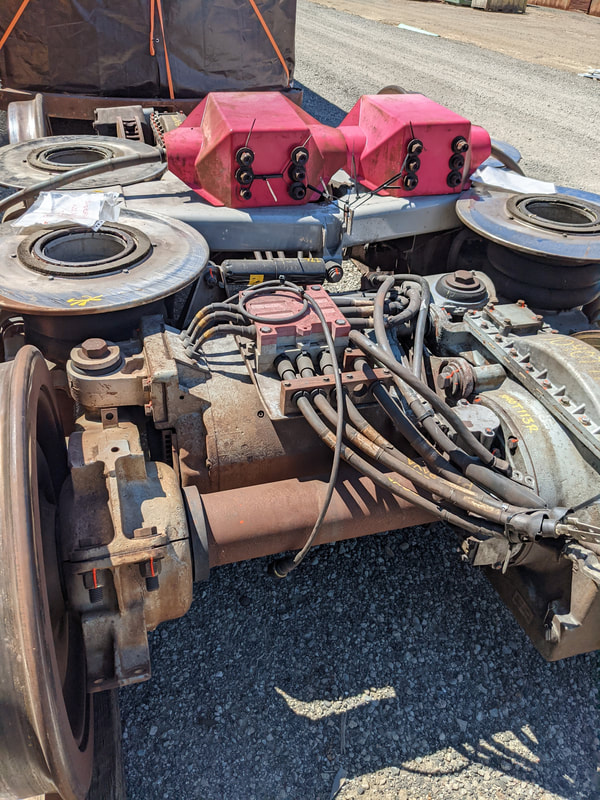

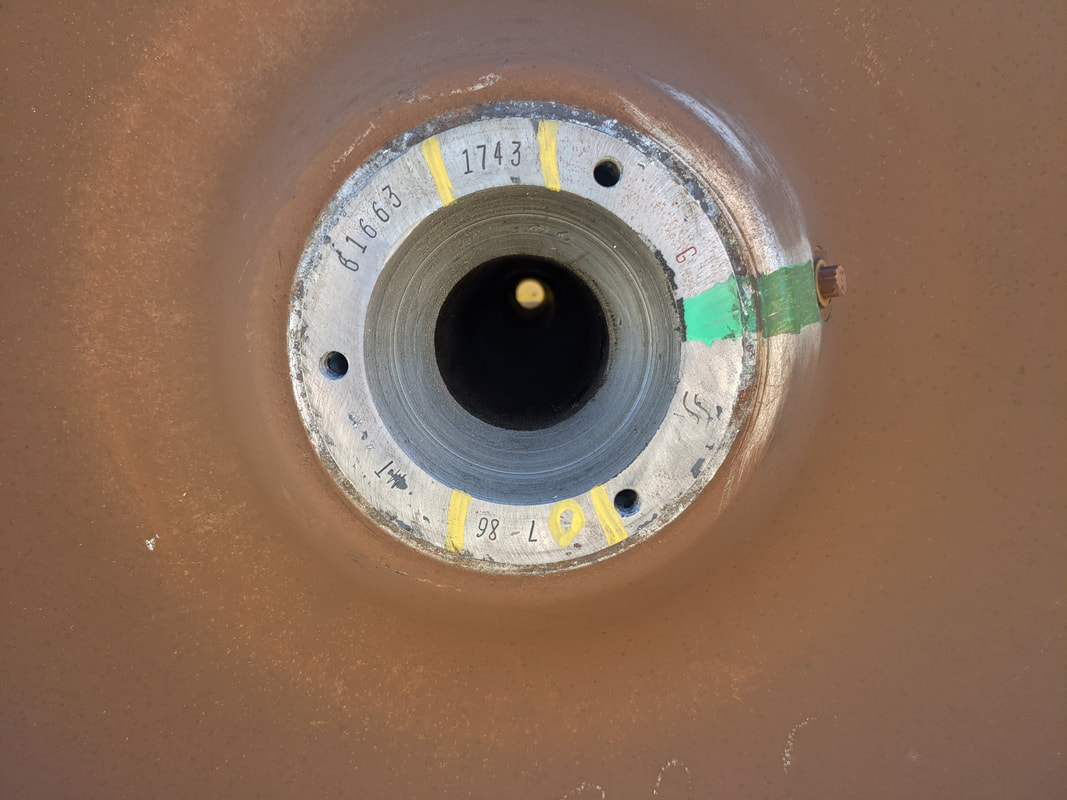
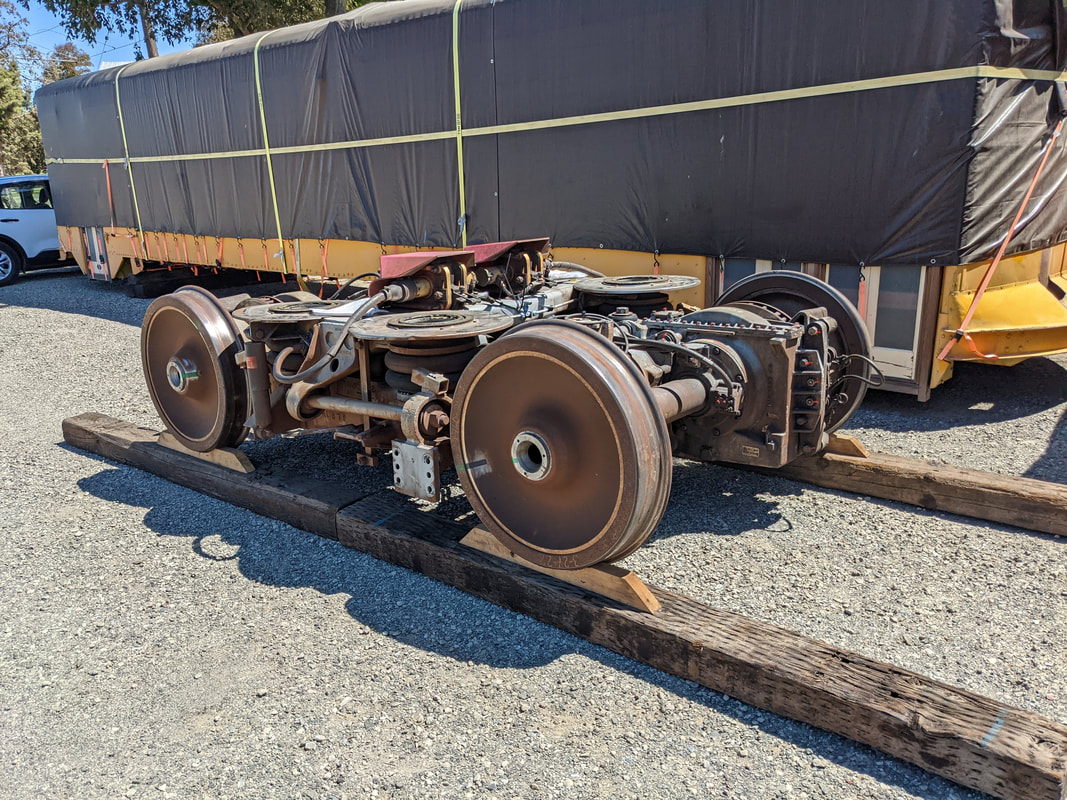
 RSS Feed
RSS Feed
